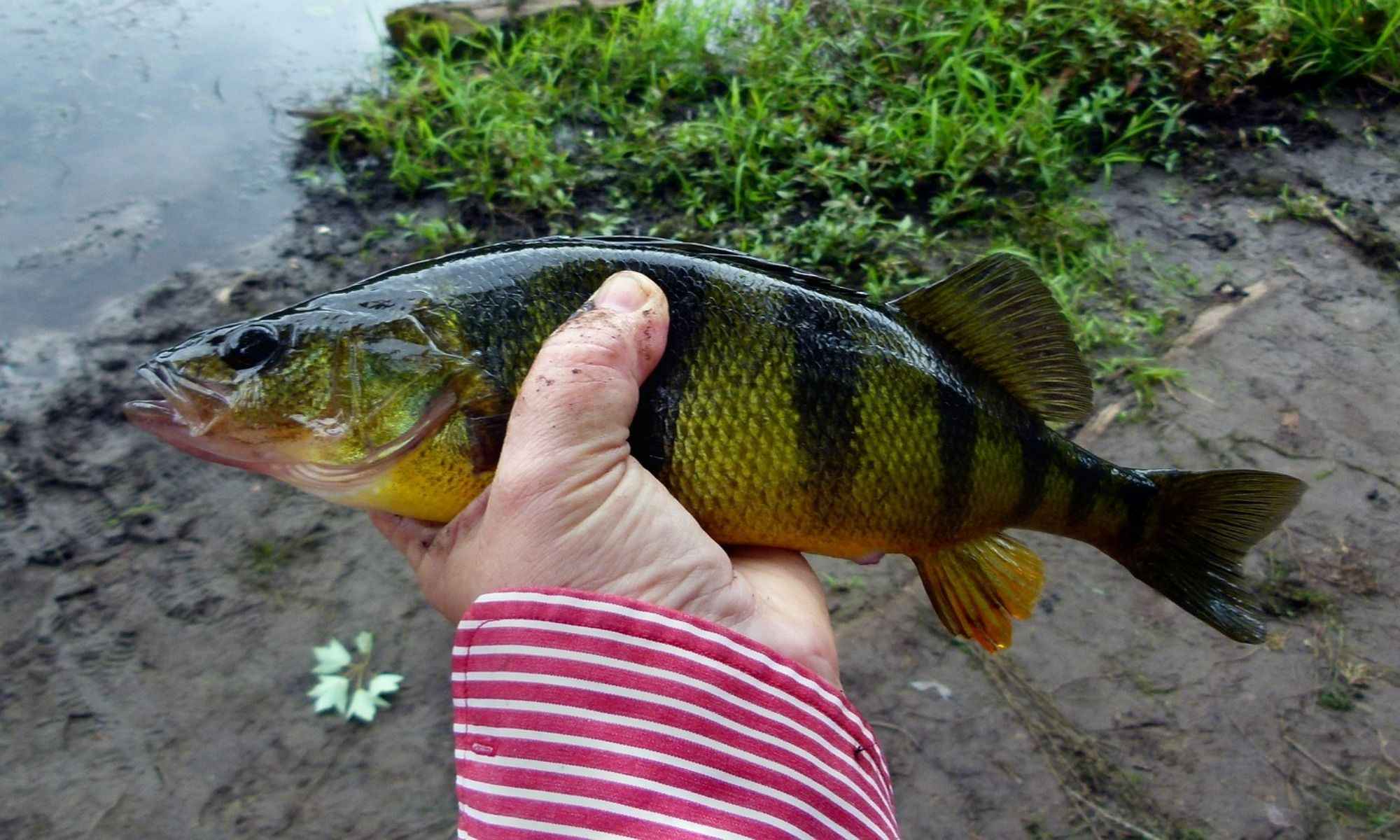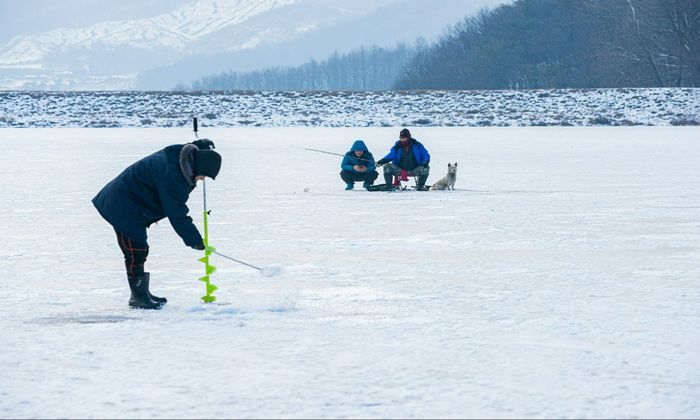Perch Fishing: An Ice Fishing Guide to Catch Perch
Here are the things you need to know to catch perch by ice fishing.

Perch is a popular species whenever you’re out angling in the Northern Hemisphere. These panfish are prized for being excellent eating fish, loved for their white, flaky meat. They are enjoyable to catch, especially when you’re ice fishing. Reeling in perch through the ice is undoubtedly a rewarding experience for novice and veteran anglers alike, especially when you spot a big school that is actively feeding.
There are several challenges because ice fishing is not an easy task. You have to consider finding the right location, bringing the essentials, choosing the right bait, and even drilling holes. Here’s a rundown of the basics on how to ice fish for perch - specifically yellow perch, prominent in North America:
When and Where to Go Perch Ice Fishing
1. The Best Time
You would go ice fishing during the winter, but it’s important to make sure the ice is thick enough before venturing out. Mid-winter is the best and safest time to go ice fishing from January to March. The later part of the season can also be productive, but note that layers of ice and snow have built up.

If you’re keen on heading out early, you’re urged to take an ice fishing guide with you. A guide will ensure you’re safe and know where to find fish. In the middle of winter, the stronger ice allows you to venture further out and target large fish. Later in the season, you might have luck hooking fish from shallow areas. Dawn, dusk, or mid-day are prime times to fish for perch, though you can still fish for them all day because they are such ravenous eaters.
2. Where to Fish
The best spots to go ice fishing for perch are in any water body with fish and freezes over. However, different regulations can obstruct your attempts depending on the state, city, town, or the actual lake/river; if you find a place that allows you to ice fish with multiple lines, your chance of success increases. Places that have a lot of structures are also excellent. This is because perch like feeding around areas that offer diversity underwater. Find weed beds or transitory areas to spot the fish. A good tip is to not be on structures but fish near them.
Here are some of the best perch ice fishing spots in the country:
One of the Great Lakes, Green Bay, WI, is a fantastic ice fishing spot for any angler. If you're looking for trophy-sized perch, check out Devil's Lake, ND. Saginaw Bay, MI, offers exceptional perch action. It is known as the corner of Lake Huron, one of the Great Lakes; Lake Cascade, ID, is one of the most renowned perch ice fishing destinations in the United States. You can easily spot fish grown over 10 inches in its waters.
To Do’s and What You’ll Need
1. Drilling Holes

The best time to drill holes is before the fish come to feed. Otherwise, you’ll scare them away. You will need a drill to dig through the ice. If you’re with an ice fishing guide, they’ll have everything you need.
2. The Best Bait for Perch
Perch generally prefer live bait. The best baits to use are:

Minnows are arguably the best live bait to lure in perch. If the rules and regulations allow it, use it. Minnows also attract larger perch specimens and work well in cold waters. You won’t need to work the lure as the bait will swim and wiggle on its own. The con of using minnows is that they are hard to store and transport, and sometimes you’re not allowed to use and catch them in certain circumstances.
Nightcrawlers are easy to acquire and are more affordable than minnows. They are also easy to store, transport, and keep alive. Attaching them to your hook is easy, and their movement in the water will attract hungry perch. The drawback of nightcrawlers is that their lifespan shortens in colder climates. It’s best to use them during early and late winter and when no other method works.
Although live bait is preferred, perch can also be lured using previously caught, cut-up perch pieces. This option is good when fishing in an area where live bait is not allowed. Acquiring and storing this bait is easy, and it will not spoil in the winter. The smell will attract perch when you present it, but you might need to put up a bit of movement. You can also use cut-up crayfish or worms as alternatives.
3. The Best Lures for Perch
Here are the best lures to use for perch ice fishing:
- Jigging Spoons - This is a good option for ice fishing as they produce a lot of vibration and noise, attracting fish from a distance.
- Soft Baits or Jig Heads - Smaller models will work great. You can also add a small piece of bait to add smell and taste.
- Swimming Lures - Great to use in clear waters and bottom fishing. Perch will be attracted to these lures as they mimic swimming fish.
- Flash Lures - Use them in dark and murky waters. They reflect light and emit flashes underwater, gaining the perch’s attention.
4. Setting Up Your Rig
If you’re in a spot that allows you to fish multiple holes, you can set up tip-ups. These rigs are dropped into the water and will signal you with a flag when a fish takes your bait. If you’re an angler that prefers to be more hands-on, use a small ice fishing rod and jig your bait in the water. A 10-pound braided line with a light fluorocarbon leader is an excellent combination to use. In terms of bait and lure presentation, don’t be afraid to mix things up. And remember, the bigger the bait, the bigger the fish you’ll attract.
5. Check Local Rules and Regulations
It goes without saying as safety always comes first. Remember always to check local ice fishing rules and regulations in the area you’re in. You also need to make sure you have an ice fishing license. Don’t forget to look up the local daily catch, bag, and size limits for perch as well.
With all this information, you’ll now have a better idea of how to reel in perch through the ice successfully. Remember to prioritize your safety and, of course, have fun!




